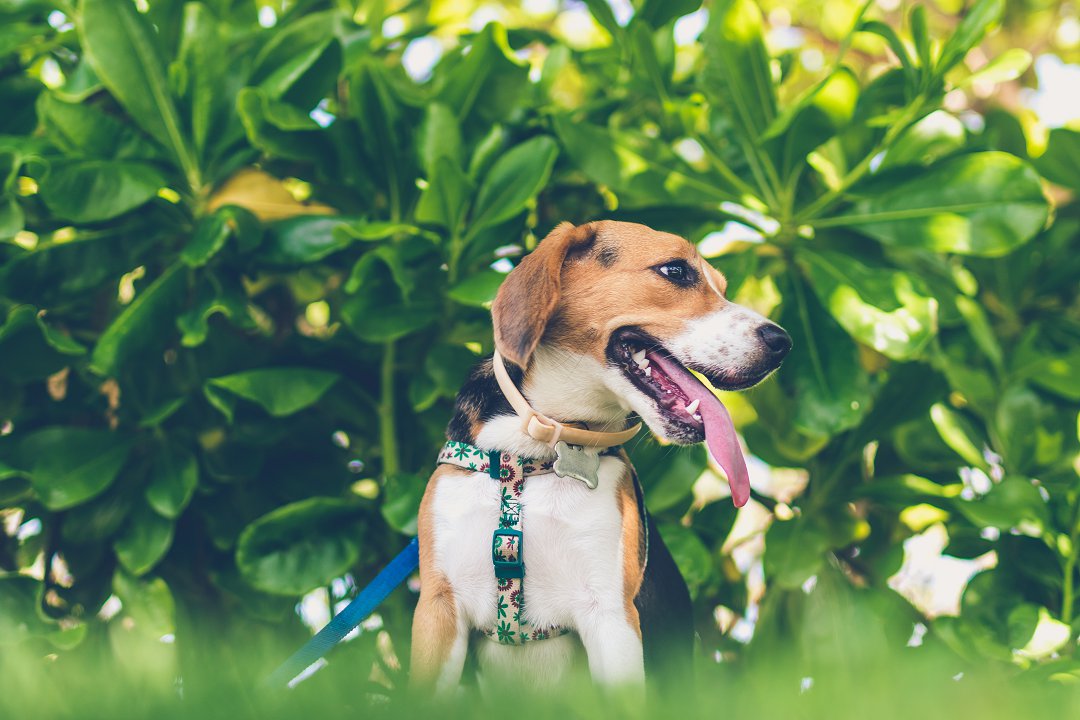Table of Contents
- 1 Introduction: Understanding the Growth Patterns of Beagle Dogs
- 2 Factors Influencing the Size of Beagle Dogs
- 3 Unveiling the Variations in Size within the Beagle Breed
- 4 FAQs About: how big does a beagle dog get
- 4.1 How big do Beagle dogs typically grow?
- 4.2 What is the average weight of a Beagle dog?
- 4.3 Can Beagle dogs vary in size within the breed?
- 4.4 What are the physical characteristics of a Beagle’s size?
- 4.5 How can I ensure my Beagle reaches its full growth potential?
- 4.6 Are there any size differences between male and female Beagle dogs?
Introduction: Understanding the Growth Patterns of Beagle Dogs
Have you ever wondered, “How big does a Beagle dog get?” If you’re considering adding a Beagle to your family or simply curious about this lovable breed, you’ve come to the right place. In this article, we will explore the growth patterns of Beagle dogs and uncover the factors that influence their size. From their height and weight to their physical characteristics and proportions, we will delve into the world of Beagle dimensions. So, whether you’re a prospective owner or just a dog enthusiast, get ready to discover the fascinating variations in size within the Beagle breed.
When it comes to determining how big a Beagle dog can get, several factors come into play. First and foremost, genetics play a significant role in determining the size range of Beagles. While there is a general standard for the breed, individual Beagles can vary in height, weight, and overall build. Additionally, factors such as nutrition, exercise, and overall health can also influence a Beagle’s size. In the following sections, we will explore these factors in more detail and uncover the secrets behind the variations in size within the Beagle breed. So, let’s dive in and unveil the intriguing world of Beagle growth and physical characteristics.
Factors Influencing the Size of Beagle Dogs
When it comes to determining the size of a Beagle dog, several factors come into play. These factors can influence the height, weight, and overall dimensions of a Beagle. Let’s take a closer look at some of the key factors that contribute to the size of Beagle dogs:
1. Genetics
Genetics play a significant role in determining the size of Beagle dogs. The genes inherited from their parents can influence their height, weight, and overall body size. If both parents are small in size, it is more likely that the offspring will also be small. On the other hand, if the parents are larger, the puppies are likely to grow bigger.
2. Nutrition
Proper nutrition is essential for the healthy growth and development of Beagle dogs. Providing a balanced diet that meets their nutritional needs is crucial for them to reach their full potential in terms of size. A well-balanced diet that includes high-quality proteins, carbohydrates, fats, vitamins, and minerals can contribute to healthy growth.
3. Exercise and Activity Level
The amount of exercise and physical activity a Beagle dog gets can also impact their size. Regular exercise helps maintain a healthy weight and promotes muscle development. Dogs that are more active tend to have more toned muscles and a leaner physique. On the other hand, a sedentary lifestyle can lead to weight gain and a larger overall size.
4. Health and Medical Conditions
Certain health conditions can affect the size of Beagle dogs. For example, hormonal imbalances or thyroid issues can lead to weight gain or stunted growth. It is important to monitor their health and address any medical concerns promptly to ensure they reach their full size potential.
5. Neutering/Spaying
Neutering or spaying a Beagle dog can also impact their size. In some cases, dogs that are neutered or spayed may have a tendency to gain weight, which can contribute to a larger overall size. It is important to monitor their diet and exercise to maintain a healthy weight.
Understanding the factors that influence the size of Beagle dogs can help owners better anticipate how big their furry friend will get. By considering genetics, nutrition, exercise, health, and spaying/neutering, you can have a clearer idea of what to expect in terms of size. In the next section, we will delve into the variations in size within the Beagle breed, exploring the range of sizes you may encounter.
Unveiling the Variations in Size within the Beagle Breed
When it comes to beagle dogs, one of the most common questions that potential owners have is, “how big does a beagle dog get?” The size of a beagle can vary depending on several factors, including genetics, nutrition, and overall health. Let’s take a closer look at the variations in size within the beagle breed.
Genetic Influences on Beagle Size
Genetics play a significant role in determining the size of a beagle dog. Breeders carefully select parent dogs with desired physical characteristics, including size, to produce litters that conform to breed standards. However, even within a litter, there can be variations in size. Some beagles may inherit genes that make them larger or smaller than their siblings.
Nutrition and Weight Management
Proper nutrition is crucial for a beagle’s growth and development. Feeding a balanced diet that meets their nutritional needs is essential to ensure they reach their full potential size. Overfeeding or underfeeding can have an impact on a beagle’s growth and may result in them being smaller or larger than average.
Weight management is also important for maintaining a healthy size in beagles. Obesity can lead to various health issues and can affect their overall size and proportions. Regular exercise and portion control are key to keeping a beagle at a healthy weight.
Beagle Size Range
While there is a breed standard for beagles, there is still a range of sizes within the breed. On average, adult beagles stand between 13 and 15 inches tall at the shoulder and weigh between 20 and 30 pounds. However, some beagles may be smaller or larger.
Factors Affecting Beagle Size
Apart from genetics and nutrition, other factors can influence the size of a beagle dog. These include:
- Gender: Male beagles tend to be slightly larger than females.
- Age: Beagles typically reach their full height by around one year of age, but they may continue to fill out and gain weight until they are around two years old.
- Health: Certain health conditions can affect a beagle’s growth and size. It’s important to monitor their health and seek veterinary care as needed.
In conclusion, the size of a beagle dog can vary within the breed due to genetic influences, nutrition, and other factors. While there is a general size range for beagles, individual dogs may be smaller or larger depending on various factors. By providing proper nutrition, weight management, and regular veterinary care, beagle owners can help ensure their furry friends reach their full potential size.
FAQs About: how big does a beagle dog get
How big do Beagle dogs typically grow?
Beagle dogs typically grow to be between 13 to 15 inches in height at the shoulder.
What is the average weight of a Beagle dog?
The average weight of a Beagle dog is typically between 20 to 30 pounds.
Can Beagle dogs vary in size within the breed?
Yes, Beagle dogs can vary in size within the breed. Factors such as genetics and individual differences can contribute to variations in size.
What are the physical characteristics of a Beagle’s size?
Beagles have a compact and sturdy build with well-proportioned bodies. They have a muscular stature and are known for their medium-sized dimensions.
How can I ensure my Beagle reaches its full growth potential?
To ensure your Beagle reaches its full growth potential, provide a balanced diet, regular exercise, and proper veterinary care. Avoid overfeeding or underfeeding, which can affect their growth.
Are there any size differences between male and female Beagle dogs?
Generally, male Beagle dogs tend to be slightly larger than females in terms of height and weight. However, individual variations can occur within the breed.






Leave a Reply